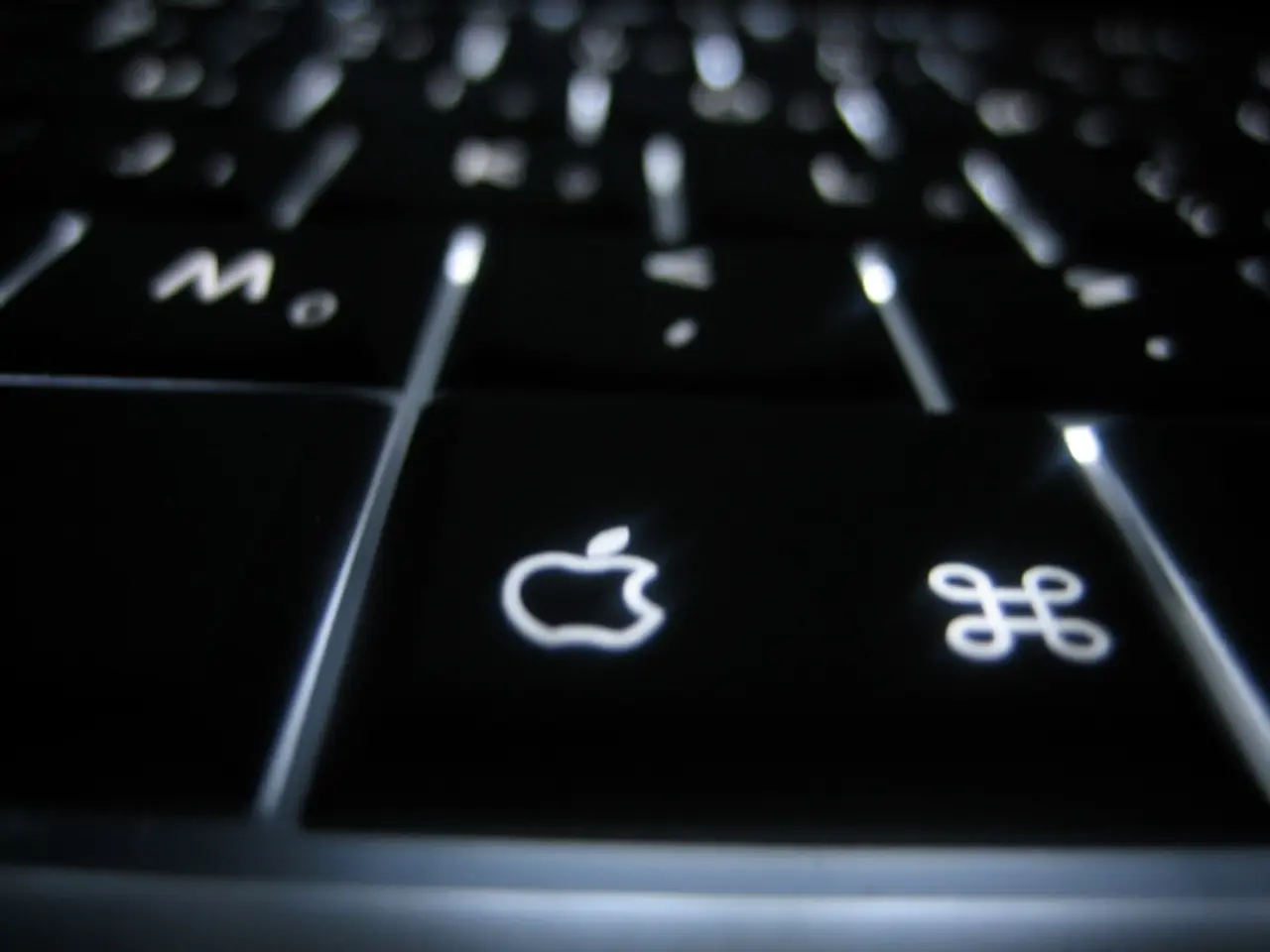Types of Identifying Characteristics in Biometrics
In the ever-evolving world of technology, biometrics has emerged as a secure and efficient method for authorization and identification. This automated identification system, based on physiological and behavioral characteristics of individuals, is being widely applied in various areas such as forensics, security, ATM machines, smart cards, PCs, networks, and more.
Here is a comparison and analysis of several biometric systems—fingerprint, face recognition, iris, hand geometry, DNA, keystroke, and voice biometrics—based on their characteristics such as accuracy, usability, security, and common applications:
| Biometric Type | Accuracy & Reliability | Usability & Convenience | Security & Spoof Resistance | Common Applications | Notes & Limitations | |---------------------|--------------------------------------------|------------------------------------------------|-------------------------------------------------|---------------------------------------------|----------------------------------------------------------------------------| | Fingerprint | High accuracy; minutiae points provide detailed matching[2]. | Easy and fast; small sensor space; widely used on mobile and access control devices[2]. | Moderate to high; vulnerable to fake fingerprints but improved by liveness detection[1][2]. | Physical access, smartphones, law enforcement | Can fail with dirty/wounded fingers or worn fingerprints[2]. | | Face Recognition | Moderate to high accuracy; affected by lighting and expression variation[3]. | Non-intrusive; quick scanning; convenient for large populations[1][3]. | Moderate; can be fooled by photos or videos but recent algorithms improve robustness[1][3]. | Surveillance, device unlocking, security checkpoints | Performance can degrade with varied lighting, angles, or occlusions[3]. | | Iris Recognition | Very high accuracy; iris patterns are unique and stable over time[1]. | Requires special cameras; slower capture; less convenient in uncontrolled scenarios[1]. | High security; difficult to spoof due to complexity of iris texture[1]. | High-security access, border control | Less user-friendly due to specialized equipment and user cooperation requirements[1]. | | Hand Geometry | Moderate accuracy; measures size and shape features rather than fine details[1]. | Easy to use; rapid capture; less intrusive[1]. | Moderate security; can be spoofed by replicas[1]. | Time and attendance, physical access | Less distinctive than other biometrics; not ideal for large-scale ID[1]. | | DNA | Extremely high accuracy; considered definitive identification[1]. | Intrusive; requires sample collection; slow and costly; not suitable for real-time or frequent authentication[1]. | Very high security; almost impossible to fake[1]. | Forensic science, criminal identification | Impractical for everyday authentication due to complexity and privacy concerns[1]. | | Keystroke Dynamics | Moderate accuracy; analyzes timing and rhythm in typing patterns[5]. | Completely passive; no extra hardware; natural for computer users[5]. | Moderate security; can be replicated or altered[5]. | Continuous authentication in IT systems | Sensitive to user habits and context; noisy data can reduce reliability[5]. | | Voice Biometrics | Moderate accuracy; affected by background noise, health, and voice changes[1][3]. | Convenient; usable over the phone; non-intrusive[1]. | Moderate security; vulnerable to replay/spoof attacks but methods improve[1]. | Call centers, phone banking, authentication | Performance varies with language, accents, and emotional state[1][3]. |
Analysis and Trends:
- Accuracy and security increase roughly in the order: hand geometry < voice/keystroke < face/fingerprint < iris < DNA.
- Convenience and speed are generally inverse to accuracy/security, with DNA and iris requiring special capture environments, while face, fingerprint, voice, and keystroke offer faster, more user-friendly options[1][5].
- Multi-modal biometric systems combining several modalities (e.g., face + fingerprint + voice) are becoming prominent to enhance overall accuracy and reduce false acceptance/rejection rates[1].
- Behavioral biometrics like keystroke and gait authentication use AI for passive continuous identity verification, improving security without inconveniencing users[5].
- Voice and face recognition systems must handle domain shift and variability in test conditions (lighting, noise), as noted in inter-dataset biometric evaluations[3].
- Fingerprint systems maintain a strong presence due to ease of use, storage efficiency, and widespread adoption despite some physical limitations[2].
This comprehensive comparison highlights that biometric system choice depends on the use case, balancing security needs, user experience, and environmental constraints. For high-security environments, iris or DNA are preferred, while for mass deployments requiring speed and convenience, fingerprints and face recognition dominate.
Sources: [1][2][3][5]
- Forensic science, particularly in the field of forensic odontology, can benefit greatly from the use of fingerprint biometrics, given its high accuracy and minutiae points that facilitate detailed matching, making it suitable for criminal identification.
- In the realm of security, ballistics and forensic anthropology could find practical applications in utilizing multi-modal biometric systems, as these systems enhance overall accuracy and reduce false acceptance/rejection rates, helping in the investigation of crime scenes and identification of perpetrators.
- As technology continues to evolve, advancements in science, such as AI-driven behavioral biometrics like keystroke and gait authentication, will play a significant role in revolutionizing forensic science, offering passive continuous identity verification for improved security without compromising user experience.




